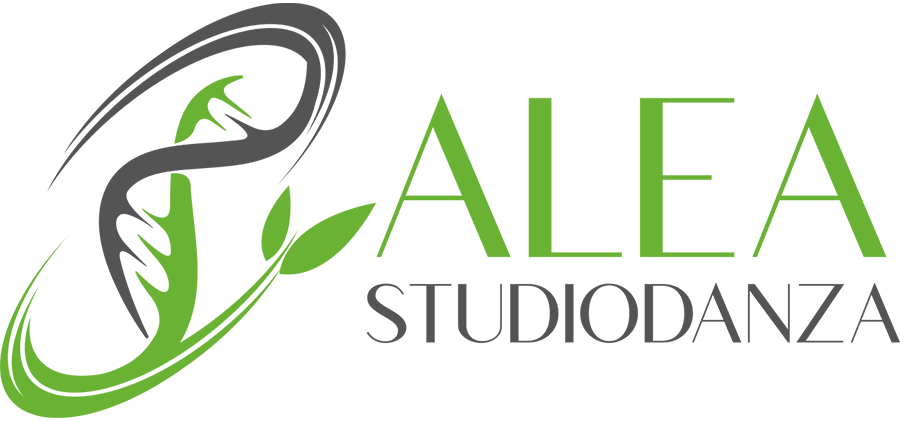Dance
Movement
Therapy
Dance Movement Therapy was officially established in 1966 with the founding of the American Dance Movement Therapy (ADMT) Association.
M. Chase, T. Schoop, and M. Whitehouse were the dancers who pioneered this discipline.
In the United States and the United Kingdom, it is recognized as a psychotherapeutic intervention and a form of healthcare service. Over time, it has refined its theoretical foundations through contributions from various clinical professionals (psychologists, psychiatrists, psychotherapists, researchers, etc.), whose work has firmly connected traditional psychological research with the “intuitions” of the three pioneers.
Other key figures in the development of this field include dancer and choreographer Rudolf Von Laban, physical therapist Irmgard Bartenieff, somatic educator Bonnie Bainbridge Cohen, and psychiatrist and psychoanalyst Josée Kestemberg.
What is Dance Movement Therapy?
Dance Movement Therapy explores the relationships between mind and body, between the movements of thought and the movements of the body in space.
It does so through dance—an art of movement that serves as a powerful tool for awareness, but also for representation, communication, transformation, and the possibility of greater integration.
It thus becomes a valuable means of allowing emotions to emerge, as they are the meeting point between body and mind.
Methodological Tools of Dance Movement Therapy
Laban Movement Analysis
Bartenieff Fundamentals and Developmental Movement Patterns
Kestenberg Movement Profile (KMP)
Authentic Movement
Embodiment
The Creative Process
Laban Movement Analysis (LMA)
Laban Movement Analysis
Laban Movement Analysis (LMA) serves as a fundamental framework for illuminating and capturing the essence of movement and its personal meaning, recognizing its core elements as expressed through dance improvisation. This way of observing allows one to situate and describe the experience of movement, enabling a deeper, more reflective elaboration afterward.
Movement, composed of both form and content, becomes filled with meaning through a perceptual awareness deeply connected to the psychological representations of the person in motion.
Laban Movement Analysis is a methodology for observing and describing the qualitative characteristics of movement, analyzing the various components of the motor process: space, body, shape, and effort (dynamic qualities).
It is a system that studies, observes, and explores correlations and connections within the movement process—such as spatial focus, use of weight, flow vibrations, rhythms, accents, and phrasing—allowing the individual to learn how to shape and modulate the expression of their body.
Through this approach, it becomes easier to access the memories held within the body, to discover the tones, colors, and meanings in one’s unique way of expressing, and to understand the form, structure, movement patterns and schemes—perceiving the flow of emotions, the blockages, and the silences within.
Bartenieff Fundamentals and Developmental Movement Patterns
Bartenieff, a physical therapist, developed the “Fundamentals”—a series of exercises based on the core concepts of Laban Movement Analysis (L.M.A.).
She believed that the primary goal of the Fundamentals was to facilitate and restore a living interplay between the body’s internal connections and its external expressiveness.
These Total Body Connectivity patterns support and are essential to the body’s Dynamic Alignment and the fluidity of movement.
Kestenberg Movement Profile (KMP)
Kestenberg, an American psychoanalyst, used Laban Movement Analysis (LMA) to observe and interpret the motor aspects of child development from infancy through adolescence, and how these relate to psychological and emotional maturation, particularly in the relational sphere.
Drawing on the psychological theories of Anna Freud and Margaret Mahler, she described—through the lens of movement analysis—the evolving relationship between mother and child from birth to age three.
The Kestenberg Movement Profile (KMP) is a system of movement notation and analysis, and thus a valuable non-verbal diagnostic tool that can be used to assess the movement of individuals of any age.
Authentic Movement
In the 1950s, Mary Whitehouse, with a background in Jungian psychoanalysis, was the first to develop techniques of active imagination through the concept of Authentic Movement.
It refers to the individual’s own movement which, through spontaneous improvisation, gives access to the deeper layers of the psyche.
It emerged from the challenge of bringing together the embodied knowledge of dance with the experience of psychoanalysis.
Embodiment
Facilitating the integration of absent or underdeveloped movement patterns in a person can lead to adjustments at the level of thought, beginning with a different perception of the self.
To do this, the movement pattern is not taught rationally, but rather explored through movement itself—returning to that state of mind that existed before thought, in order to embody it (EMBODIMENT) in the body and transmit it to others on a cellular, bodily, perceptual, and kinesthetic level.
This is not a mind that organizes the body according to its own logic, but a mind in service of those sensory and perceptual bodily states, communicating on that level.
It is a process of being, not of doing or thinking.
It is a process of awareness, in which the part that leads and the part that receives dissolve once awareness is fully realized, down to the cellular level.
Visualization and somatization are steps along the path toward embodiment—tools of awareness that help us return to a pre-conscious state.
Cells are the microcosm of our individual self.
Each cell corresponds to an aspect of ourselves, of our conscious and unconscious behavior, and expresses both our body and our mind.
— Bonnie Bainbridge Cohen
The Creative Process
I consider the creative process as the constant redefinition of what has no form into a form, and I believe it draws upon a primary energy—the sum of drives and desires that reside in the deepest and most hidden parts of the human psyche.
As soon as one lets go of that form and allows it to evolve, a new source of energy becomes available for a new definition.
The ability to engage and enter into this process is, in my view, what is truly healing.
(A. Robbins)
